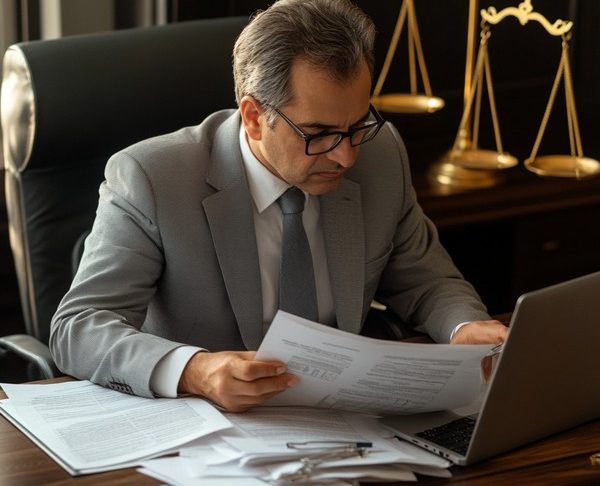When our furry companions undergo surgery, as caregivers, we tirelessly search for the most effective methods to ease their recovery. One such advanced treatment that has been gaining momentum within veterinary medicine is cold laser therapy. Renowned for its non-invasive nature and substantial benefits, cold laser therapy is transforming postoperative care. It is essential to delve into how it works and the ways it can facilitate a smoother and quicker recovery for pets after surgical procedures.
The Mechanics of Cold Laser Therapy
In the sphere of innovative therapies for pets, one particular treatment stands out—veterinary laser therapy. The growing interest in pet cold laser therapy stems from its ability to provide relief and promote recovery without the use of invasive procedures or medications.
Cold laser therapy, also known as low-level laser therapy (LLLT), utilizes specific wavelengths of light to interact with tissue. It is called ‘cold’ because the low levels of light are not enough to heat the body’s tissue. The light is directed through the skin to the cells, where it is absorbed and interacts with light-sensitive elements in the cell to jumpstart a series of events that can reduce inflammation, alleviate pain, and accelerate healing.
Cold Laser Therapy Accelerating Recovery Post-Surgery
After dog or cat surgery, the body needs to heal efficiently. Utilizing cold laser therapy can be a game-changer in this critical period. Here, we examine the ways LLLT assists with recovery:
1. Reducing Inflammation and Pain
Pets often exhibit discomfort post-surgery due to inflammation and pain at the surgical site. Cold laser therapy has analgesic properties that lessen pain by reducing inflammation and stimulating the release of endorphins, the body’s natural painkillers.
2. Enhancing Tissue Repair and Cell Growth
The light from a cold laser encourages cellular absorption of photons, which leads to tissue repair and cell growth. This accelerates healing, allowing pets to return to their normal activities more quickly.
3. Improving Circulation
Enhanced circulation promotes the recovery process by allowing more oxygen and nutrients to reach the affected tissues. Since cold laser therapy increases the formation of new capillaries in the damaged area, it supports the body’s natural healing abilities.
4. Non-Invasive and Painless
Cold laser therapy is non-invasive and generally well-tolerated by pets. It provides a painless alternative for managing post-surgical discomfort. This non-invasive nature allows for repeated sessions as needed without causing additional stress to the pet.
5. Reducing Swelling
Swelling is a common post-surgical issue, and cold laser therapy helps reduce edema by promoting lymphatic drainage. By encouraging vasodilation, cold laser therapy aids in reducing swelling, contributing to a more comfortable recovery.
6. Complementary to Traditional Therapies
Cold laser therapy can be used as a complementary treatment alongside traditional post-surgical care. It does not interfere with other medications or treatments, making it a versatile option for enhancing overall recovery.
When Is Cold Laser Therapy Recommended?
Cold laser therapy can be recommended for various conditions in animals. Here are some situations where cold laser therapy might be suggested:
- Wound Healing: Cold laser therapy can help accelerate the healing of wounds by promoting cellular regeneration and reducing inflammation.
- Musculoskeletal Injuries: It is often used for the treatment of musculoskeletal injuries such as sprains and strains. The laser helps to reduce pain and inflammation in these cases.
- Arthritis: Cold laser therapy may be recommended for pets suffering from arthritis. It can help alleviate pain and improve joint mobility.
- Postoperative Care: After certain surgical procedures, cold laser therapy may be prescribed to aid in the healing process and reduce pain.
- Chronic Pain Management: For pets with chronic pain conditions, such as degenerative joint disease, cold laser therapy can be part of a comprehensive pain management plan.
- Dermatological Conditions: In some cases, cold laser therapy may be used for certain skin conditions to promote healing and reduce inflammation.
What to Expect During Cold Laser Therapy Sessions
A typical cold laser therapy session is straightforward and stress-free. The therapy is administered using a handheld device with a light-emitting probe that is moved over the pet’s skin in the area that requires treatment. Sessions can last anywhere from a few minutes to half an hour, depending on the size of the area being treated and the condition’s severity.
- Safety and Comfort: Cold laser therapy is painless and non-invasive, with most pets finding the sessions to be comfortable and some even enjoying the process. Technicians performing the therapy will usually wear protective eyewear, and it is often recommended for the pet and anyone else present during the session.
- Number of Treatments Required: The number of treatments varies depending on the condition and its severity, but most pets receive multiple sessions. Consistent treatments typically yield the best results.
A Preventive Measure to Consider
While focusing on recovery strategies, it’s impossible not to touch upon the importance of preventive care in the form of vaccinations. Ensuring your pet is up to date on their vaccinations can help to prevent diseases that might lead to the need for surgery in the first place. In this context, this website can provide resources and information on recommended vaccination schedules for pets.
Conclusion
Cold laser therapy offers a compassionate, non-invasive, and effective way to support our pets through their recovery after surgery. Embracing this technology can lead to shorter recovery times, less pain, and a more comfortable healing process for our pets. As with any medical treatment, it’s vital to consult with a veterinarian to ensure this therapy is in line with your pet’s health needs. The right combination of modern medicine, such as cold laser therapy and tried-and-true treatments, sets the stage for a successful and speedy recovery.


